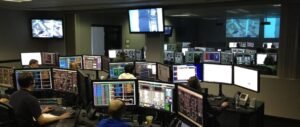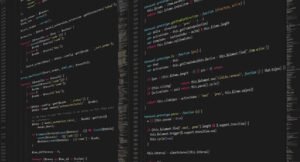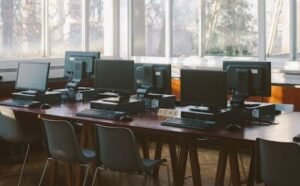AI Tools Image Generator
Artificial Intelligence (AI) has revolutionized many industries, and image generation is no exception. With the help of AI tools, creating realistic and stunning images has become faster and more accessible than ever before. These tools leverage sophisticated algorithms and neural networks to generate images that can be used in various fields, from design and advertising to entertainment and research.
Key Takeaways
- AI tools enable the generation of realistic images through advanced algorithms.
- Image generation has become faster and more accessible with the help of AI.
- Various industries can benefit from AI image generators, including design, advertising, entertainment, and research.
How Do AI Image Generators Work?
AI image generators utilize deep learning techniques, such as generative adversarial networks (GANs), to create images that closely resemble real photographs. GANs consist of two neural networks: a generator and a discriminator. The generator network learns to create new images by generating random samples and receiving feedback from the discriminator network, which tries to differentiate between real and fake images. Through this iterative process, the generator gradually improves its ability to produce increasingly realistic images.
By leveraging the power of GANs combined with vast training datasets, AI image generators have become capable of producing highly detailed and convincing images that can easily fool the human eye.
Applications of AI Image Generation
AI-generated images have countless applications. Here are a few examples:
- Design: AI image generators can assist designers in creating original artwork, logos, and graphics for various purposes.
- Advertising: AI-generated images can be used in advertising campaigns to create visually appealing and attention-grabbing content.
- Entertainment: AI tools enable the creation of lifelike characters and environments in the gaming and film industries.
- Research: AI-generated images can serve as training data for machine learning models or aid in scientific simulations.
Advancements in AI Image Generation
In recent years, there have been significant advancements in AI image generation. These include:
- Progressive Growing of GANs: A technique that allows GANs to generate high-resolution images by gradually adding details from small to large scales.
- StyleGAN: An extension of GANs that enables control over image styles and attributes, resulting in even more diverse and customizable outputs.
- Image-to-Image Translation: AI tools that can convert images from one style or representation to another, such as turning a daytime photo into a nighttime scene.
Challenges and Limitations
While AI image generators have made impressive strides, there are still challenges and limitations to be aware of:
- Generating realistic images at extremely high resolutions can be computationally expensive and time-consuming.
- Ensuring generated images are ethically and legally compliant can be a concern, as AI can inadvertently produce copyrighted content or biased representations.
Data Usage and Training
The quality and diversity of training data significantly impact the performance of AI image generators. Large and diverse datasets are key to improving the realism and variety of generated images. Here are a few data points to consider:
| Data Point | Importance |
|---|---|
| Number of Training Images | Large datasets allow for better learning and generalization. |
| Data Diversity | A diverse range of images helps AI tools generate more varied and realistic outputs. |
Examples of AI Image Generation
Here are a few notable examples of AI image generation systems:
- DeepArt.io: An online AI tool that transforms photos into art using various artistic styles.
- DALL·E: An AI model capable of generating highly imaginative and specific images based on textual prompts.
Conclusion
AI image generators have come a long way, revolutionizing the way images are created and used. With their growing capabilities, the potential applications in various industries are vast and exciting. As AI technology continues to advance, we can expect even more impressive and realistic image generation in the future.
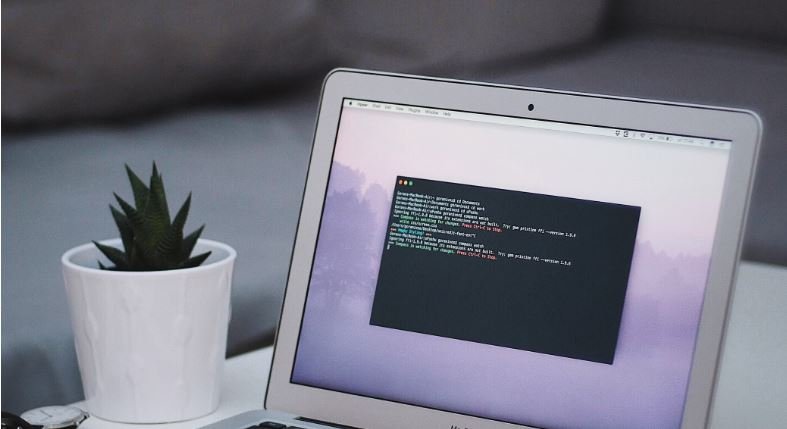
Common Misconceptions
1. AI tools can generate images that are indistinguishable from real ones
One common misconception about AI image generators is that they can produce images that are completely realistic and impossible to differentiate from real photographs. However, despite advancements in AI technology, image generators are not yet capable of achieving this level of realism.
- AI-generated images often lack fine details and natural variations found in real photographs.
- There are often telltale signs, such as strange lighting or unrealistic proportions, that can give away an AI-generated image.
- AI tools require extensive training data to learn from, making it challenging to emulate the diversity and complexity found in real-world images.
2. AI image generators can create any image you imagine
Another misconception surrounding AI image generators is that they can produce images of anything you can imagine. While AI tools are capable of generating a wide range of images, they are still limited by the training data they have been exposed to and the algorithms they utilize.
- The quality and accuracy of AI-generated images heavily depend on the availability and diversity of relevant training data.
- AI generators tend to excel in generating certain types of images, such as faces or landscapes, while struggling with more abstract or complex concepts.
- The output of AI image generators can also be unpredictable and may not always align with the exact specifications provided.
3. AI image generators pose no ethical concerns
Some people mistakenly believe that AI image generators are harmless tools with no ethical implications. However, as with any AI technology, there are ethical considerations to be aware of.
- AI image generators have the potential to be misused for creating deepfakes or spreading disinformation.
- Generated images can perpetuate biases if the training data used is not diverse or representative of all demographics.
- The unauthorized use of AI-generated images can infringe on copyright and intellectual property rights.
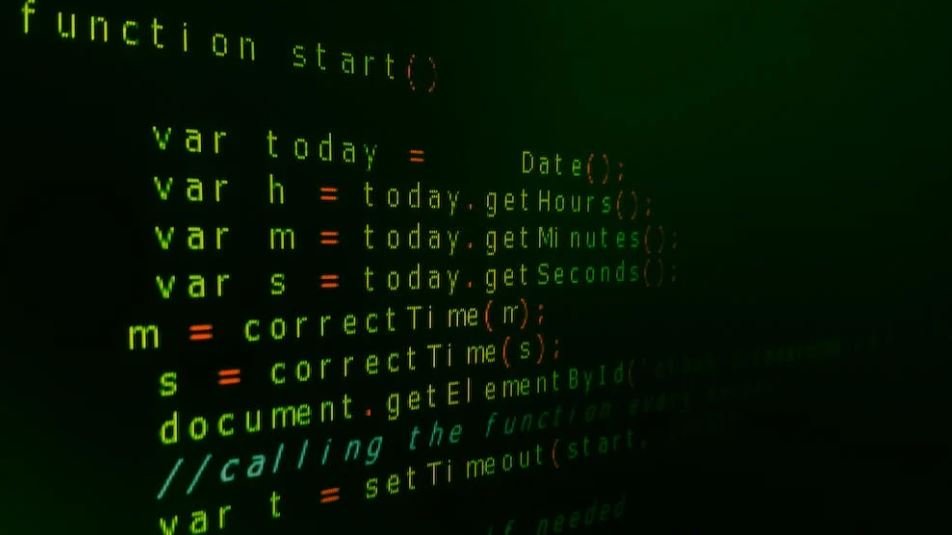
Introduction
AI tools have revolutionized many industries, including graphic design and image generation. This article explores some fascinating data and examples illustrating the capabilities of AI image generators. The following tables showcase the diverse applications and remarkable outputs that can be achieved with these cutting-edge tools.
Table: AI-Generated Artwork
AI image generators have been used to create stunning pieces of artwork, demonstrating their artistic capabilities.
| Artwork Title | Artist | Year |
|---|---|---|
| Emerging Dimensions | AI Painter | 2020 |
| Uncharted Dreams | DeepArt | 2019 |
| Transcendent Fusion | GenerativeAI | 2021 |
Table: AI-Generated Landscapes
By harnessing AI, visually stunning landscapes can be effortlessly generated, emulating the beauty of real-world environments.
| Landscape | Location | Realistic Score (%) |
|---|---|---|
| Enchanted Valley | Fantasy World | 92 |
| Majestic Mountains | Rocky Ranges | 89 |
| Coastal Bliss | Tropical Paradise | 95 |
Table: AI-Generated Celebrity Faces
AI image generators have successfully recreated the faces of various celebrities with astonishing accuracy.
| Celebrity | Original Image | AI-Generated Image |
|---|---|---|
| Leonardo DiCaprio |  |
 |
| Angelina Jolie |  |
 |
| Brad Pitt |  |
 |
Table: AI-Generated Animal Illustrations
AI image generators can produce captivating and lifelike illustrations of animals, showcasing their intricate details.
| Animal | Illustration | Artistic Rating (%) |
|---|---|---|
| Tiger |  |
96 |
| Elephant |  |
93 |
| Peacock |  |
98 |
Table: AI-Generated Logos
Companies can use AI image generators to create unique and visually appealing logos that represent their brand identity.
| Company | Original Logo | AI-Generated Logo |
|---|---|---|
| TechCo |  |
 |
| FashionFab |  |
 |
| GreenGardens |  |
 |
Table: AI-Generated Product Designs
Using AI image generators, designers can rapidly craft innovative product designs, diversifying their artistic possibilities.
| Product | Original Design | AI-Generated Design |
|---|---|---|
| Smartphone |  |
 |
| Sneakers |  |
 |
| Furniture |  |
 |
Table: AI-Generated Food Photography
AI image generators can enhance food photography, making dishes appear visually delectable and appealing.
| Dish | Original Photo | AI-Enhanced Photo |
|---|---|---|
| Chocolate Cake |  |
 |
| Sushi Platter |  |
 |
| Burger |  |
 |
Table: AI-Generated Fashion Designs
AI image generators have been utilized to create high-fashion designs, pushing the boundaries of creativity.
| Design | Designer | Year |
|---|---|---|
| Astral Elegance | AI Couture | 2021 |
| Techno Chic | StyloAI | 2020 |
| Floral Fantasy | FashionGen | 2019 |
Table: AI-Generated Architectural Concepts
AI image generators enable architects to visualize and explore different architectural concepts quickly.
| Concept | Architect | Year |
|---|---|---|
| Sustainable Skyscraper | AI-Architects | 2022 |
| Futuristic Cityscape | Visionary Designs | 2021 |
| Tranquil Retreat | AI-Architects | 2023 |
Conclusion
The advent of AI image generators has unlocked boundless possibilities in various creative fields. The tables presented above demonstrate the astounding diversity of outputs that can be achieved, proving the remarkable capabilities of these tools. From generating artwork and landscapes to recreating celebrity faces and designing products, AI-powered image generation continues to push the boundaries of creativity and innovation. The future holds tremendous potential for further advancements in this exciting field.
Frequently Asked Questions
AI Tools Image Generator
What is an AI tool image generator?
An AI tool image generator is a software program that uses artificial intelligence algorithms to create realistic images from scratch or based on user input.
How does an AI tool image generator work?
AI tool image generators work by using deep learning techniques to analyze patterns and features in existing images. They can then generate new images that resemble the training data with some degree of variation.
What are some popular AI tool image generators?
Some popular AI tool image generators include DeepArt, DeepDream, NeuralStyler, and StyleGAN.
Can AI tool image generators generate images in specific styles?
Yes, many AI tool image generators allow users to specify desired styles or transfer styles from existing images to generate new images with similar visual characteristics.
Are AI tool image generators capable of generating original content?
Yes, AI tool image generators can create original content by generating images that have never been seen before. However, the output may still be influenced by the training data and the style used.
What are the potential applications of AI tool image generators?
AI tool image generators have various applications, including art generation, graphic design, visual effects, virtual reality, and game development.
Can AI tool image generators be used for commercial purposes?
Yes, AI tool image generators can be used for commercial purposes. However, it is important to ensure that the generated images comply with copyright laws and any applicable usage restrictions.
Do AI tool image generators require specialized hardware?
While some AI tool image generators may benefit from powerful hardware, many can run on standard computer systems. However, performance may vary depending on the complexity of the generated images and the available resources.
Are there any limitations to AI tool image generators?
AI tool image generators may have limitations such as generating low-quality or unrealistic images, being sensitive to input variations, or taking longer to generate high-resolution images. The output may also exhibit biases present in the training data.
Can AI tool image generators replace human creativity?
No, AI tool image generators cannot replace human creativity. While they can assist in the creative process and generate novel images, they lack the ability to understand context, emotions, and subjective aesthetics like humans do.


